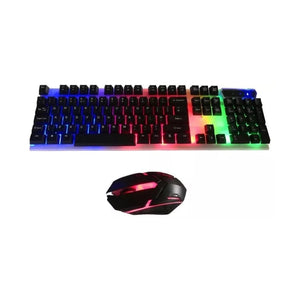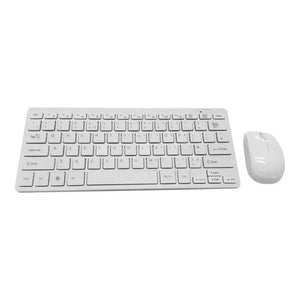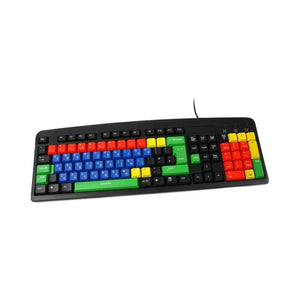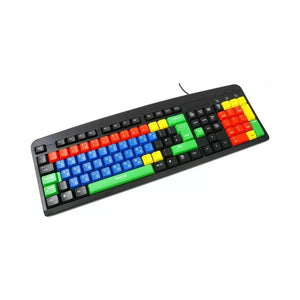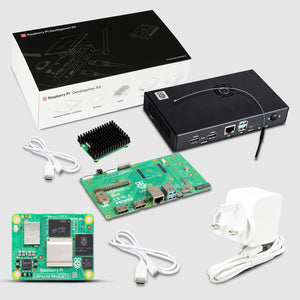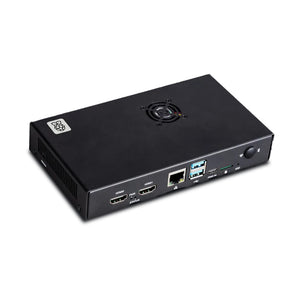Introduction
The Raspberry Pi Foundation has made some incredible improvements in the technology industry that benefit all computer enthusiasts. They revolutionised the tech industry with the smartest single board computers, and now the advanced and high-tech Raspberry Pi foundation is ready to go with the continuous development in its single board computer, Raspberry Pi.

We got a lot of requests from our readers to start a Python Programming Workshop for Raspberry Pi to create a better technological world in which more people would be aware about programming and hardware. Isn’t it great? All of the required information is given below if you want to learn more about the Raspberry Pi and Python. Let’s start!
Beginner-Friendly Programming Language
Python is one of the most popular programming languages among the developers in the tech-industry. It is designed to provide a user-friendly experience to increase the efficiency of the programming language and the projects that are based on it. If we look into the real-world implications of Python programming then a lot of universities, schools, web development companies and many industries are using it to build powerful applications. Raspberry Pi is one of the most popular single board computers (SBC) for which people are using Python to gain momentum in their programming. This workshop is designed to give you a detailed understanding of Python and Raspberry Pi so that you can write your own programs with Pythons to blink light, sensor reading, or data logger on Raspberry Pi.
Install the Peripherals
If you are interacting with Raspberry Pi then it comes with some options in which one of the most popular methods is connecting the keyboard, mouse and a small monitor with Raspberry Pi. Now you are ready to start the programming on Raspberry Pi! Now for the best serving, Install Raspbian with desktop, which provides a full graphical interface to the user. Raspbian is an operating system that you can use if you want to have a similar experience to working with other OS like Windows, Linux, Ubuntu etc. If you want to make the project efficient then you can use the following expansions:
- Raspberry Pi Breadboard Adaptor - Raspberry Pi Breadboard Adaptor is a compact, T-shaped, 40 GPIO Pinned breakout module that can be used with a 40 pin ribbon cable into the header.
- Raspberry Pi Breadboard Breakout - Easy way to connect breadboards from Raspberry Pi by using Raspberry Pi Breadboard Breakout. It allows you to connect or plug a Raspberry Pi into a standard 2.54 mm pitch Breadboard. The Raspberry Pi Breadboard Breakout PCB is designed to connect across the middle slot of a breadboard.
-
RFID Breakout Board - RFID Breakout Board is the latest technology in the range of SB Component products boasting an updated UART/USB 2.0 interface running at the frequency of 125KHz with a compact design that is compatible with all the variants of Raspberry Pi, Arduino, STM32, PIC, AVR, Beaglebone, etc

“Headless setup” is the other way to use Raspberry Pi in which you do not have the need to connect Keyboard, Mouse and monitor instead of this, you’ll need to open to perform all your actions related to the Raspberry Pi in the command line interface. You’ll need to have either a Raspbian with desktop or Raspbian Lite Operating system. This guide will provide you with all the knowledge you need to perform the operations with Raspbian with desktop or Raspbian Lite Operating system. 
RasPi Configuration
There are some basic things that you need to configure whether you are going the full desktop or a headless setup for the new Raspberry Pi installation. The steps are easy and can be performed easily from a terminal (a text input/output environment). The method are as follows
Full Desktop : You will be logged automatically on the desktop, Now start your first step with opening the terminal. Just click on the terminal icon simply on the top left corner of the desktop. There will be a command prompt on the screen immediately in a terminal window to perform the task further.
Headless : There are some changes in this method from the above. In this method, all the things will be done through the terminal. Just connect your Raspberry Pi through Serial or SSH, a login prompt will be presented on the terminal.
Process of Running Configuration tool
Use the command prompt and enter the following command
sudo raspi-config
There might be a possibility that it would require a password for the further process, then try out the default password : raspberry
There will be some options that will be provided on the screen on how to configure your Raspberry Pi.
- Use the arrow keys to go to the option that you want like select 1 change user password and set up a new password.
Note: We recommend that you change your password immediately for the safety purposes. If you leave your Raspberry pi connected to the network on the default password then there is a high probability that someone will easily get into your raspberry pi, if they have the access to the same network.
- Now select the Network Option
- It will give you the option to connect the raspberry pi with Wi-Fi by using N2WiFi.
There is an interfacing option that can be seen on the command prompt screen. You are good to go to use Raspberry Pi!!!
- There are a lot of things you can do with like enabling the Camera interface and SSH
- Select SPI, select yes on the following screen, press enter
- Repeat for I2C
- Repeat for Serial


